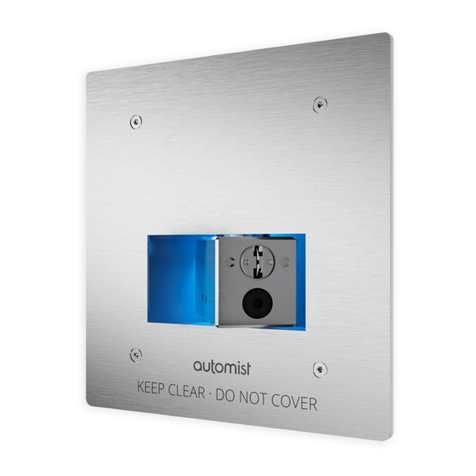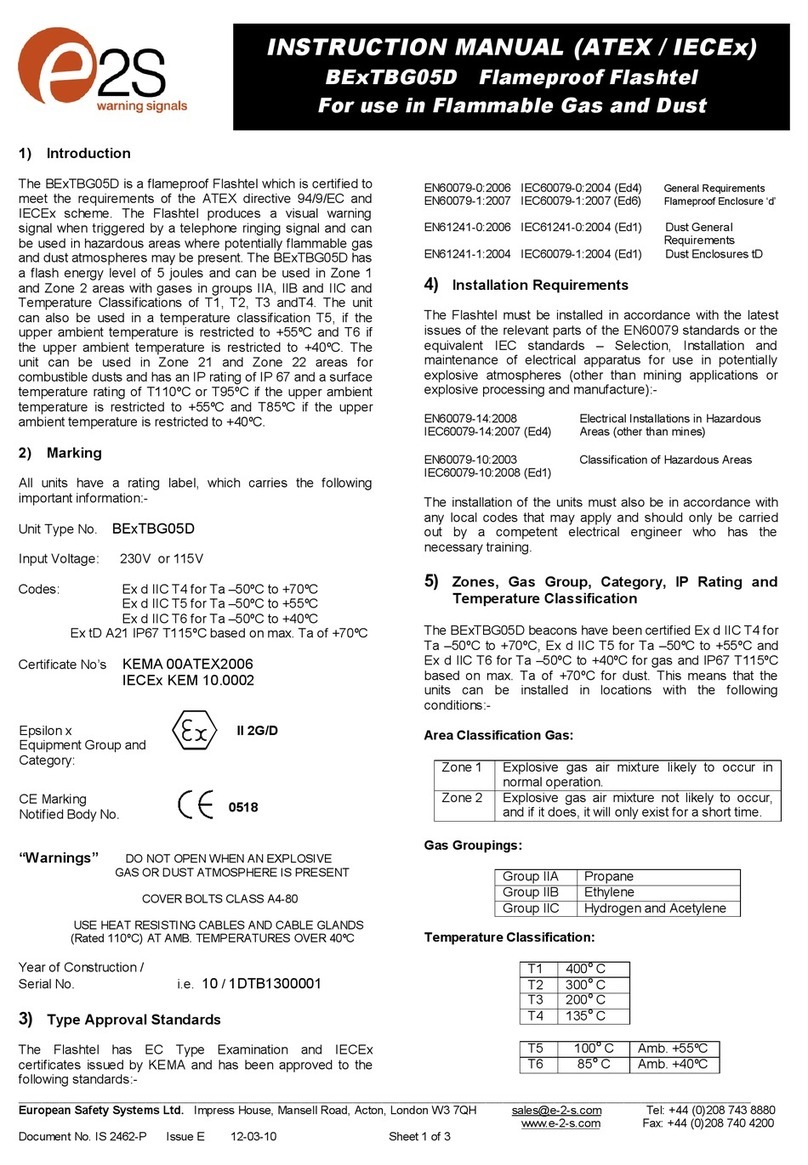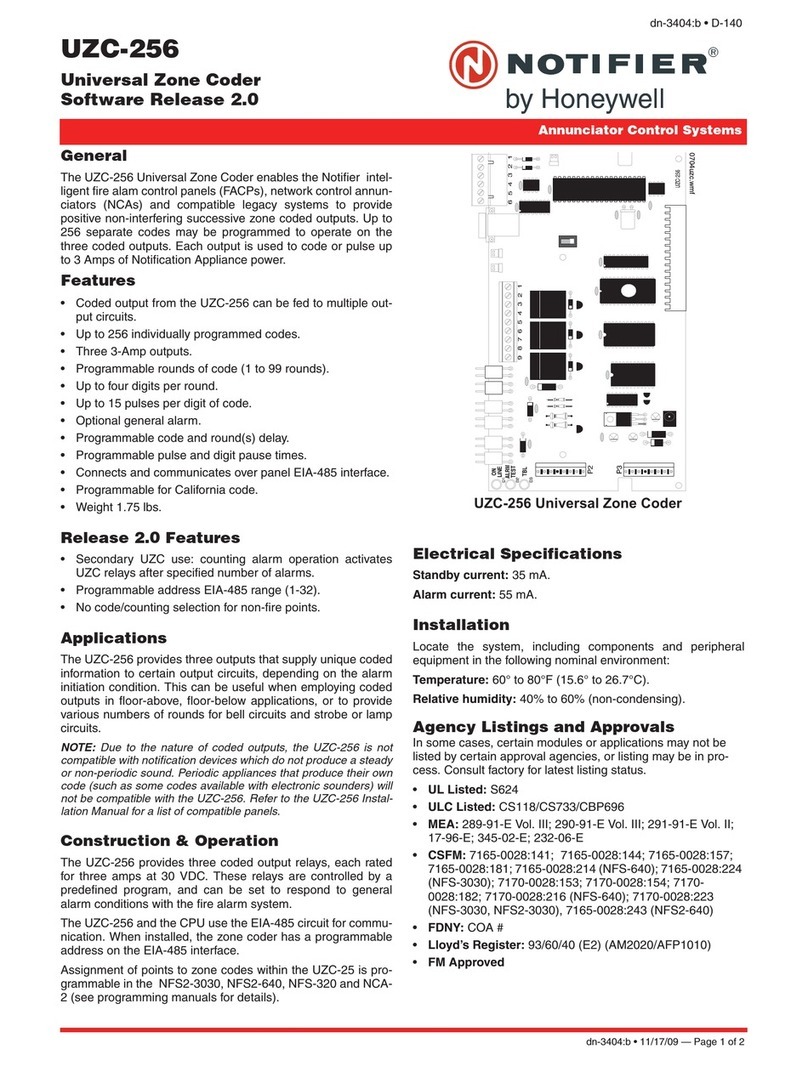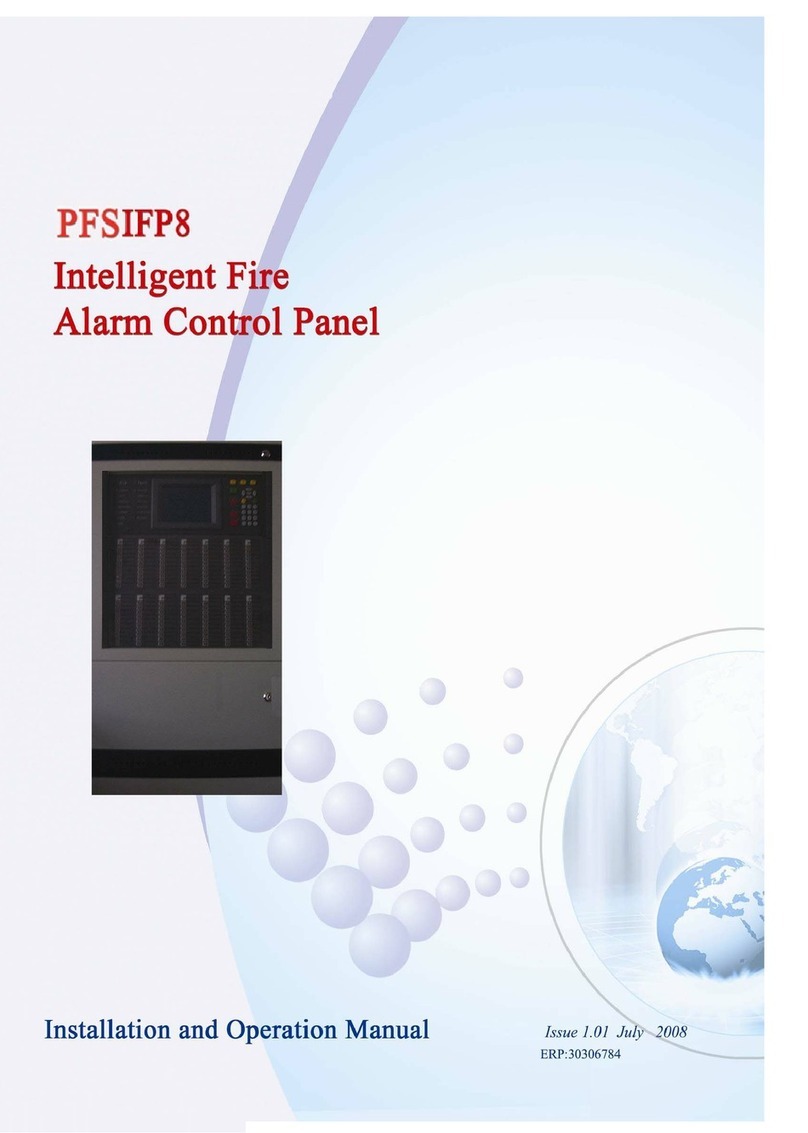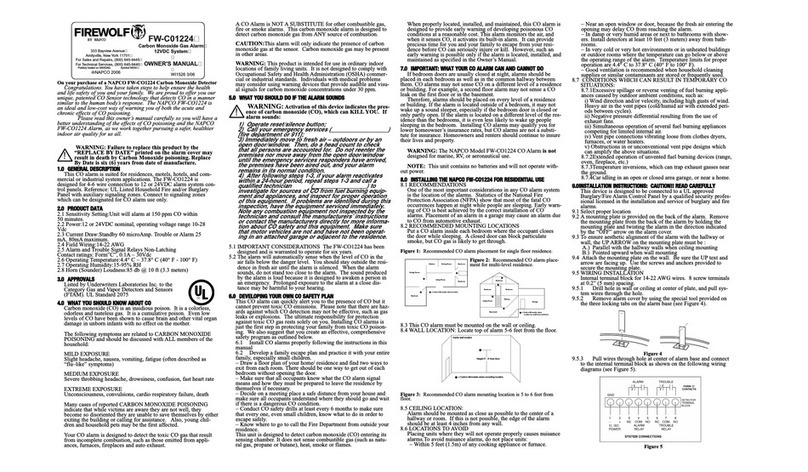Contents
INTRODUCTION TO THE FIXED WALL HEAD SYSTEM ............................................................................................... 4
Introduction................................................................................................................................................................... 5
Automist operation....................................................................................................................................................... 6
The Automist System.................................................................................................................................................... 7
Fire Performance and Regulations Compliance........................................................................................................ 8
LABC Registered Detail ............................................................................................................................................ 8
Fire Engineered Applications .................................................................................................................................. 8
Quality Assurance ......................................................................................................................................................... 9
HOW TO SPECIFY THE FIXED HEAD AUTOMIST SYSTEM ........................................................................................ 10
Specifying Automist .................................................................................................................................................... 11
Room Compatibility ............................................................................................................................................... 13
Spray Head Placement .......................................................................................................................................... 14
Detection System ........................................................................................................................................................ 15
INSTALLER GUIDELINES.............................................................................................................................................. 17
A) Preparing the site............................................................................................................................................... 19
B) Configuring the Spray Head ............................................................................................................................. 20
C) Installing the Automist Head ............................................................................................................................ 21
D) Connecting the water supply ........................................................................................................................... 23
D) Connecting the electrics ................................................................................................................................... 26
E) Commissioning and maintenance ................................................................................................................... 29
The Automist Controls ............................................................................................................................................... 30
Commissioning Procedure.................................................................................................................................... 30
Power supply .......................................................................................................................................................... 33
Water Supply........................................................................................................................................................... 33
Pump & Placement ................................................................................................................................................ 33
Alarm Relay Placement.......................................................................................................................................... 34
Head Placement ..................................................................................................................................................... 34
High Pressure Hose................................................................................................................................................ 34
Coverage.................................................................................................................................................................. 34
Documentation....................................................................................................................................................... 34
Cleaning ....................................................................................................................................................................... 36
Repair ........................................................................................................................................................................... 36
Troubleshooting.......................................................................................................................................................... 36
Warranty ...................................................................................................................................................................... 39
Fixed Head System Servicing……………………………………………………………………………………………………………………….38







